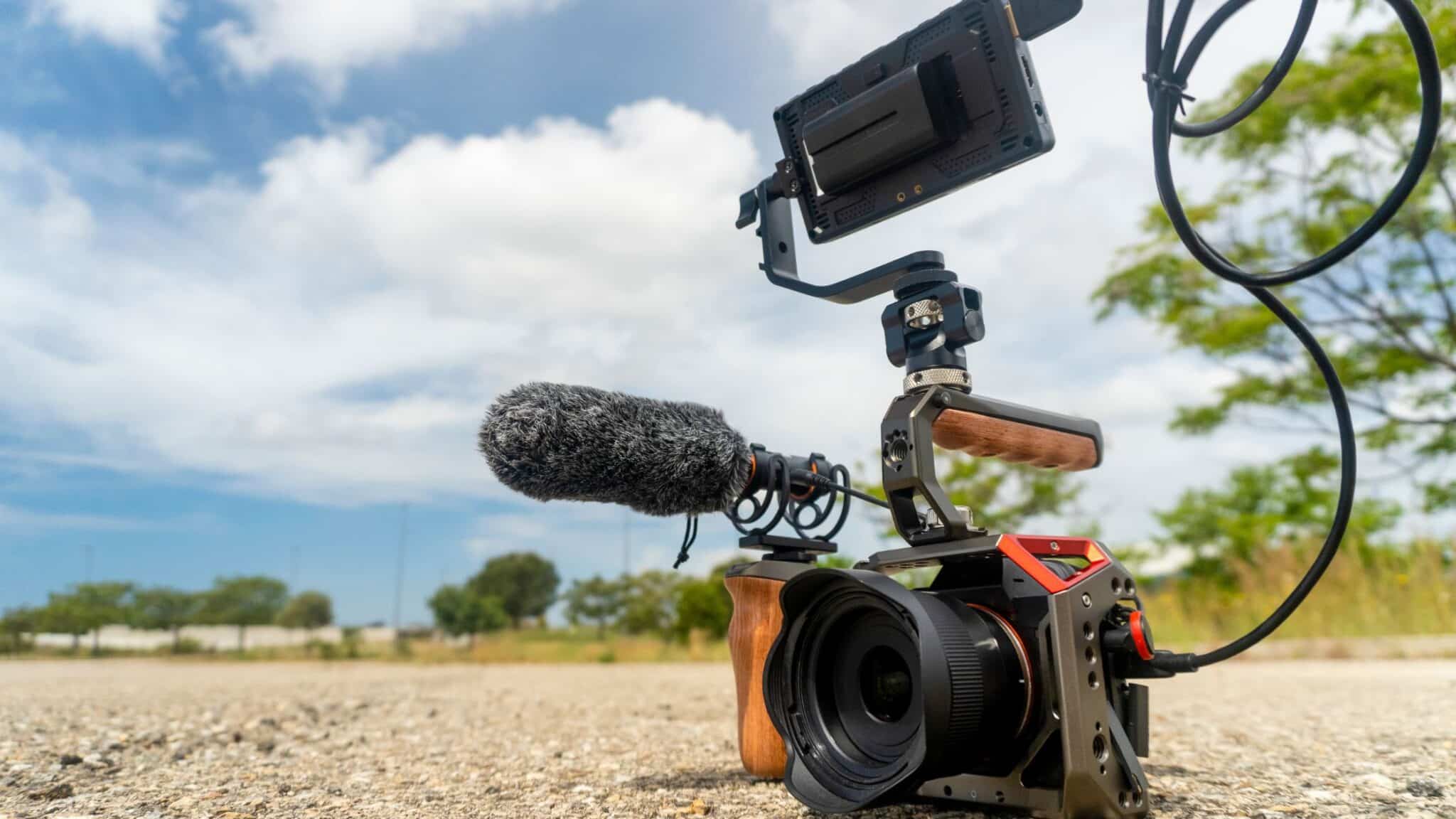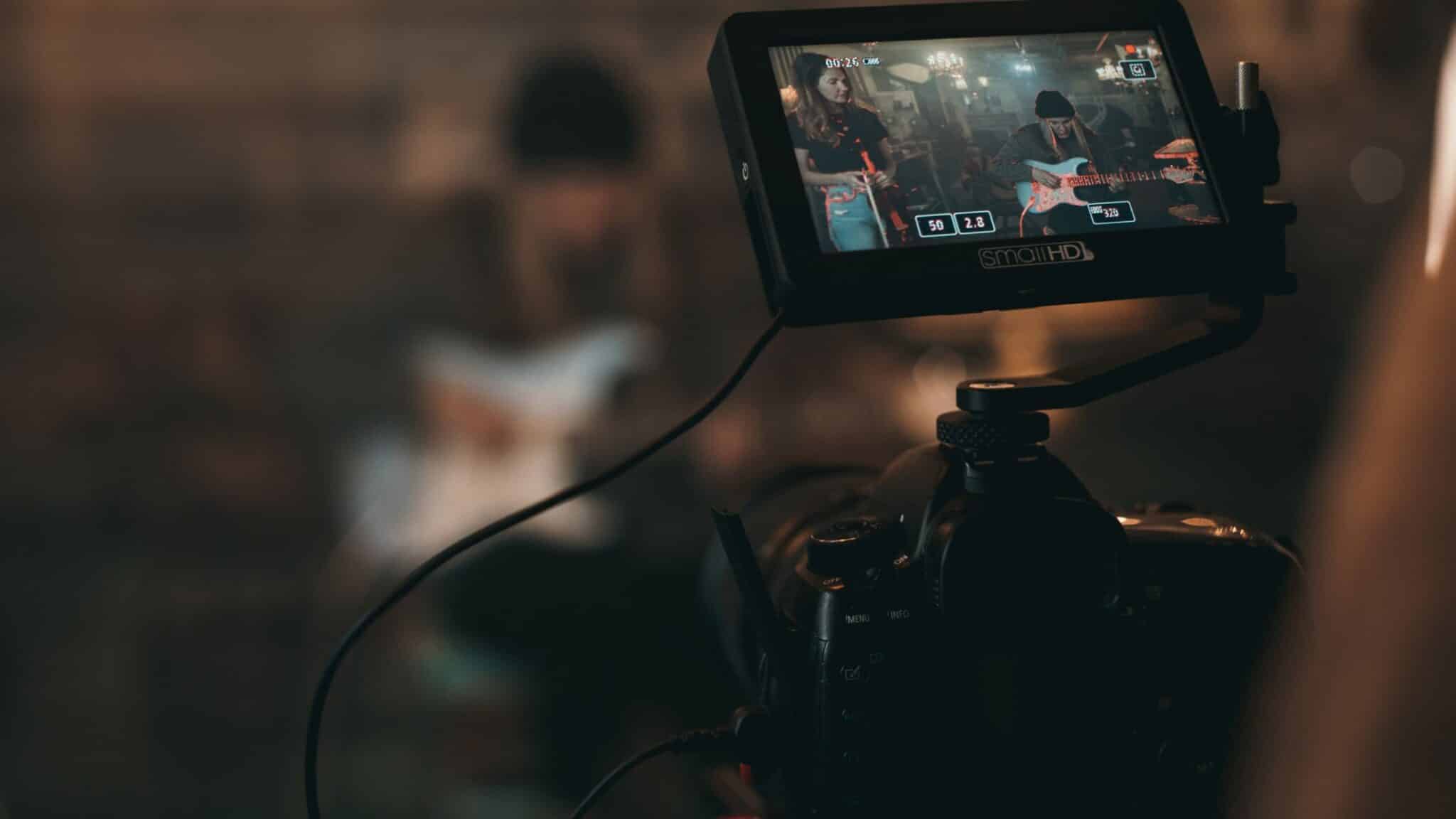Keys to Balancing Your Budget with Your Filmmaking Aspirations
OK, let’s talk about how much to spend on gear when you get into entry-level filmmaking!
When I started filmmaking over ten years ago, I spent hundreds (100s!!!) of hours trying to figure out what gear I needed. So let’s hope this post saves you a teeny bit of time.
Written by Colette Nichol, Solo Filmmaker and Story Strategist
Estimated reading time: 7 minutes
Embarking on your filmmaking journey is incredibly exciting.
But when it comes to choosing and purchasing the right gear, it can get overwhelming, fast. There are so many options. And you might start to think you need to spend$10k to get started. Which, you don’t.
Understanding what to invest in and how much to spend on your entry-level filmmaking gear is crucial if you want to set yourself up for success without breaking the bank.
If you want a simple and easy answer, I recommend spending about $2000 when your first getting started.
This will allow you to get a decent camera and some basic audio gear. But for a full breakdown of my recommendations and the price range, keep reading.
If you’ve been at this for 6+ months and you’re committed to filmmaking, you may wish to spend as much as $5000 on your starter gear kit.

Must-Have Equipment for Beginners
How much you spend depends on how committed you are and whether you’re going pro.
If you’re committed to becoming a pro solo filmmaker or video creator full-time, about $5000 to create a simple yet effective starter kit. You don’t have to spend it all right away. But create a budget and decide when you can make your purchases over the course of a year or two. And if you’re just testing the waters, spend between $1000 and $2000 to get started.
Camera
A good starting point is a DSLR or mirrorless camera that offers 4K video at frame rates of up to 60fps.
Check out how the footage from the camera looks without any colour grading. And ensure that the camera is a size and weight that will be comfortable for you. I like the Canon R series. The Canon R7 and R8 are both good cameras. For a lower budget the Canon M series works well too. (+)
Budget: $700 – $2000
Related Post: Absolute Best Cameras for Beginners
Microphone and External Recorder
Shotgun and External Recorder or Wired Lavalier
Good audio is non-negotiable. The only exception is if you’re going to be exclusively shooting projects that just require music and no dialogue or ambient sounds. If you’re going to be shooting sit down interviews, you can use a wired lavalier or a shotgun mic with a mic stand. You’ll need to be able to either connect your microphone to your camera or to an external audio recorder like the Zoom H4.
Budget: $150 to $1000
Lavalier Microphone
If you’re going to be shooting videos where you need to get audio while the subject is moving you’ll need a good wireless lavlier microphone and receiver.
You can use a traditional set up where you have a lav mic transmittor sending signal to the receiver which is connected to your camera. Or you can use a lavalier microphone that connects to a recording device and you can record straight to that device. You won’t be able to monitor the audio, but you also won’t have to worry about setting up the wireless mic to ensure it’s on a clean channel.
Budget: $400 to $1000
Microphone and External Recorder
Good tripod that’s easy to use.
When I was first getting started I bought a $30 plastic tripod. And honestly I freaking love this thing and I still use it. You absolutely can’t use it to get good motion in your shots. It’s just for static shots and shooting with a light camera. But now I even use it for setting up Ice Lights or sticking my external audio recorder on it.
Budget: $50 to $400
Basic Lighting
You don’t need lighting when you’re just getting started.
Focus on your camera and your sound gear and your stabilization. Then later, you can get one or two lights so that you can more easily shoot inside. When just starting out, you can rent you lighting gear. When you’re ready to buy you’ll need to spend to get anything worthwhile.
Budget: $500-$1000

Common Questions
Which filmmaking gear should I prioritize as a beginner?
Prioritize a good camera and basic audio equipment.
Lighting can be improvised initially, but poor audio and video quality cannot be easily fixed in post-production.
Can I make quality films with inexpensive gear?
Yes, the story and how you tell it are more important than the cost of your gear.
Focus on composition, getting good natural lighting, and audio quality to make the most of inexpensive gear. Also ensure that your production values are high. Get a good location, dress your set, and ensure the wardrobe is excellent.
You can’t make bad wardrobe or bad hair and makeup look good in post. So be aware of everything that’s in the frame before you hit record.
How much should I allocate for audio equipment?
Allocate about 20-30% of your total budget to audio equipment. Good audio quality is crucial and often overlooked by beginners.
What mistakes should I avoid when buying my first filmmaking gear?
Avoid overspending on gear you don’t yet need or understand.
Don’t neglect audio quality, and remember to factor in the cost of accessories like memory cards and spare batteries. I recommend you get at least 3 batteries and make sure you can film using AC power as well.
How do I balance learning filmmaking skills with investing in gear?
How you allocate your filmmaking budget will depend on the type of learner you are.
If you aren’t really going to show up for a class, then don’t spend anything on it. But if you really like learning in a group and getting feedback from a mentor, then I’d recommend starting out with a 50-50 budget.
Spend 50% on learning and 50% on gear. And then reduce that each year as you improve your skills.
If you learn the skills of filmmaking, you can often earn back what you paid in education quickly with rented gear. But if you have no skills, then you can make any money with your gear. Education typically pays for itself as long as you put the education to use and turn learning into permanent skills and income!
Focus on learning basic skills with entry-level gear first.
As your skills improve, you’ll have a better understanding of what gear you need to advance your filmmaking based on your style and areas of interest.

Final Thoughts
Entering the world of filmmaking is an adventure that requires both skill and the right tools.
Start with the basics, and remember that your creativity and storytelling are as important as the gear you use. Storytelling is challenging for most filmmakers, so it’s worth spending time becoming a better storyteller and not just a gear head.
Allocate your budget wisely between a decent camera, quality audio equipment, and basic lighting.
And allow some of your budget to be directed towards learning since this will speed up skill acquisition and allow you start making money from your craft.
As you grow in your craft, your understanding of gear needs will evolve. Invest in learning and practice as much as in your equipment.
Happy filmmaking!
More Filmmaking Articles
⭐ How To Learn the Technical Side of Filmmaking
⭐ Filmmaking Equipment for Beginners
⭐ Filmmaking Gear: It Might Be You…Or It Might Be Your Tools

About the Author
Hi! I’m Colette Nichol. I’m a solo filmmaker and story strategist based out of rainy Vancouver, Canada. I’ve been making videos and micro films for small businesses and global brands since 2014.
Plus, I LOVE to help aspiring filmmakers pursue their dreams and start making films. This blog is designed to help you gain the knowledge you need to become a filmmaker.
If you want more, get on the waitlist for the Story Envelope Academy Solo Filmmaking Mentorship Program. It opens up one time per year and is the best way to become a filmmaking or video pro fast!
CLICK HERE to get on the solo filmmaking mentorship waitlist.